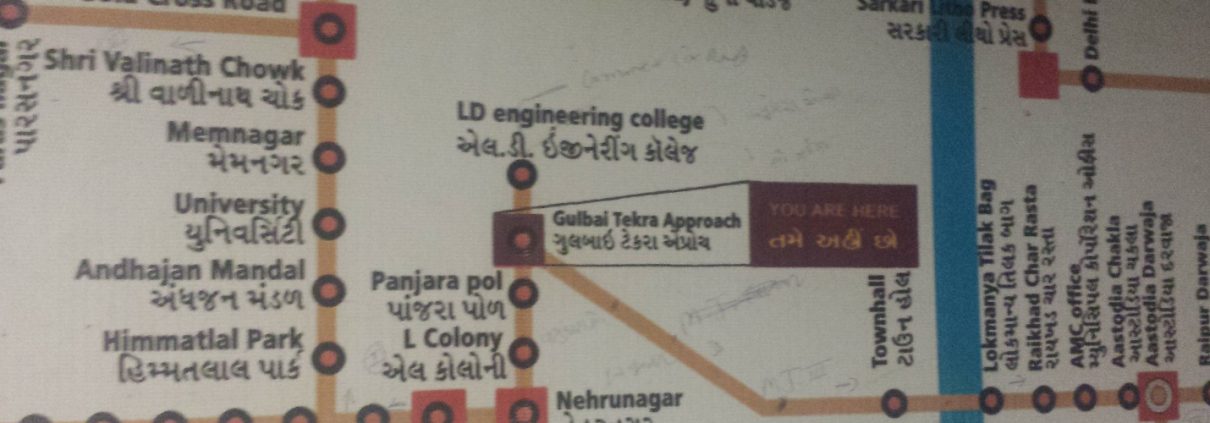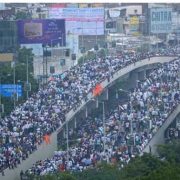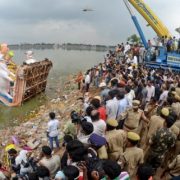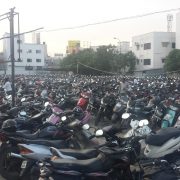Bus Rapid Transit in India
By Ryan Sclar, MURP ’16 & Fellow to Center for Environmental Planning & Technology University
The idea behind Bus Rapid Transit (BRT) is simple; if you give a bus its own right-of-ways and priority on the road, you should be able to transform a regular old bus into something that functions more like a subway. BRT is basically supposed to be a rubber-tired metro. The best part about the concept is that it’s relatively cheap, fast and easy to build, compared to an actual subway. It’s also more flexible, as buses can leave the BRT system and drive on the regular roads as well when needed; try doing that with a train…
Perhaps for these reasons, BRT has recently taken the transportation world by storm. It seems to be the hot topic, it’s in style. Since the early 2000’s BRT systems have been sprouting up everywhere, from Colombia, to China, to Nigeria, to the US. Around 200 cities currently have BRT, and there are plans in over 150 cities to build or expand their systems. BRT has been particularly well championed by municipalities in developing countries, as they are oftentimes seen as the cheapest way to establish a quality mass transit system. This is exactly what happened in Ahmedabad, India, my new home for the summer.
Ahmedabad opened their BRT system, Janmarg, in 2009 and is unofficially (and in some roundabout ways officially) recognized as the city with the best BRT in India. Ahmedabad’s BRT has more lines and carries more passengers than anywhere else in India, by far. Sounds great, right? Well… it seems that many planners and officials in India define “best BRT” as synonymous with “the only BRT which was not a total disaster.” In other cities in India, the public has complained a lot about how BRT creates traffic, garnishes lower ridership levels, and doesn’t really go anywhere important. Some planners seem to go as far as to claim that Ahmedabad’s system is a total disaster as well. Even several people at my university, where Janmarg was designed, and not super thrilled with the concept.
So why all the hate? Well, that’s exactly what I was brought here to help figure out this summer. In particular, we’re trying to figure out why people do and do not ride Janmarg. Ridership has remained stagnant since 2011, despite a doubling of the size of the system in that time! I’m excited to get down to work and start trying to help figure out what’s going on here.











